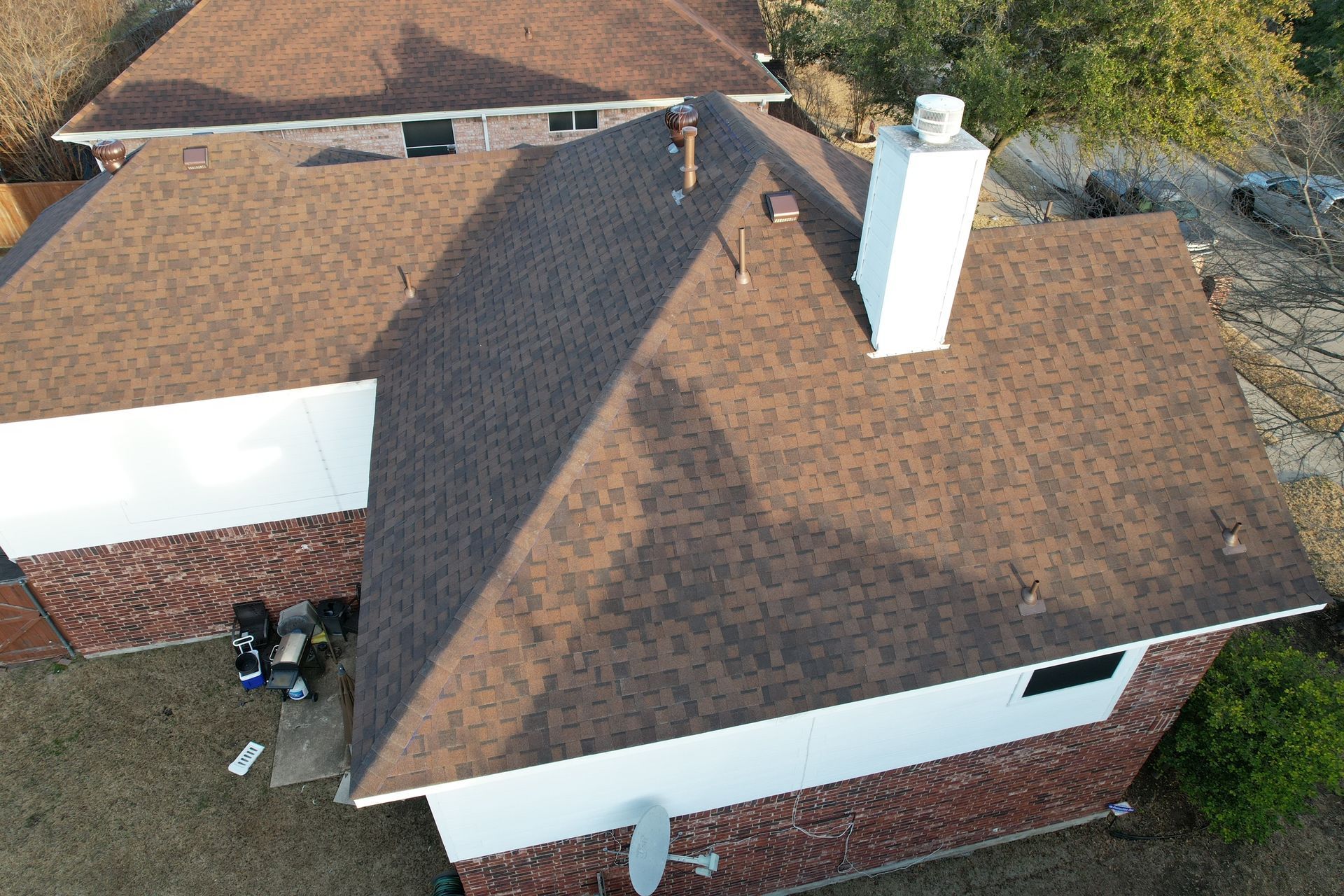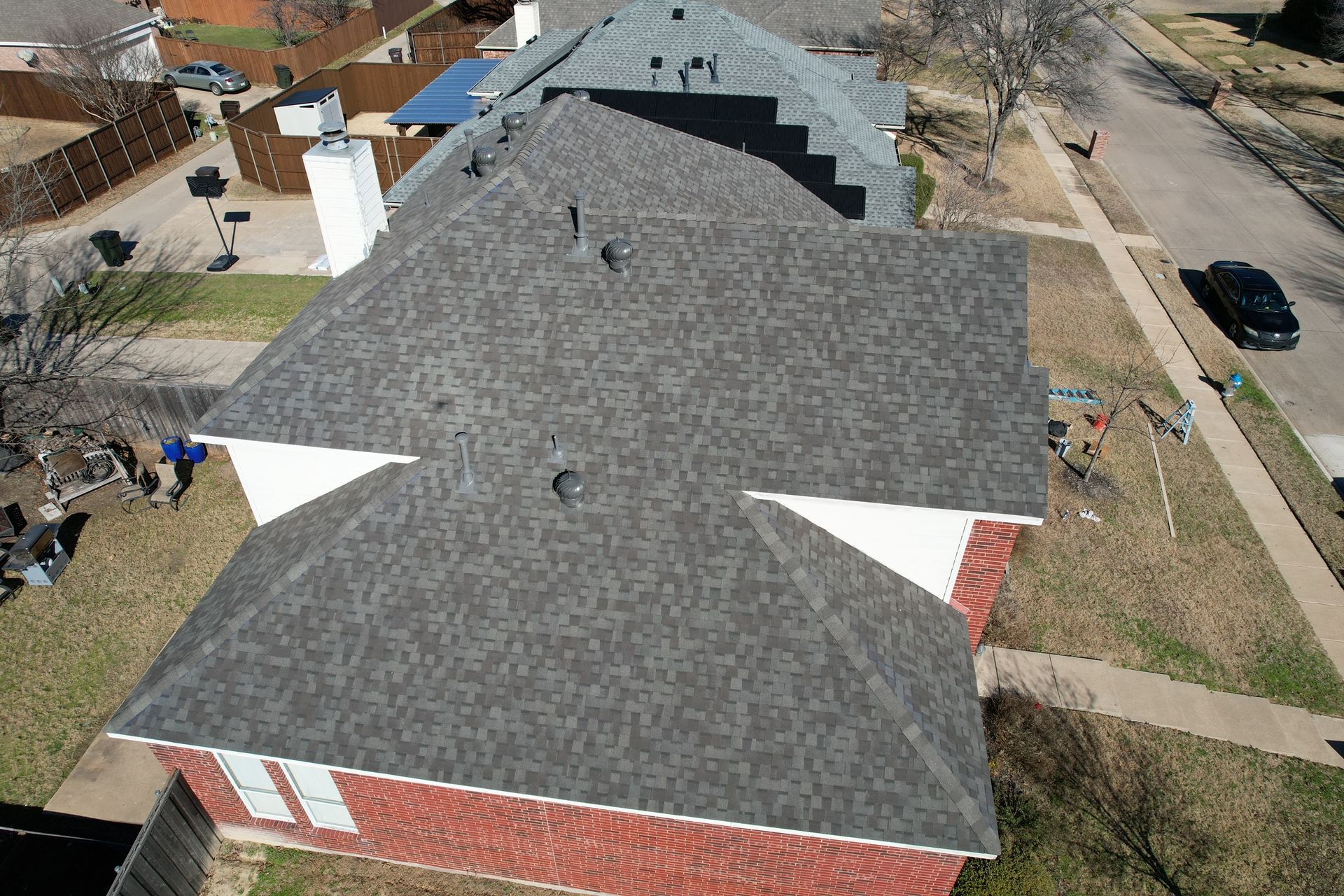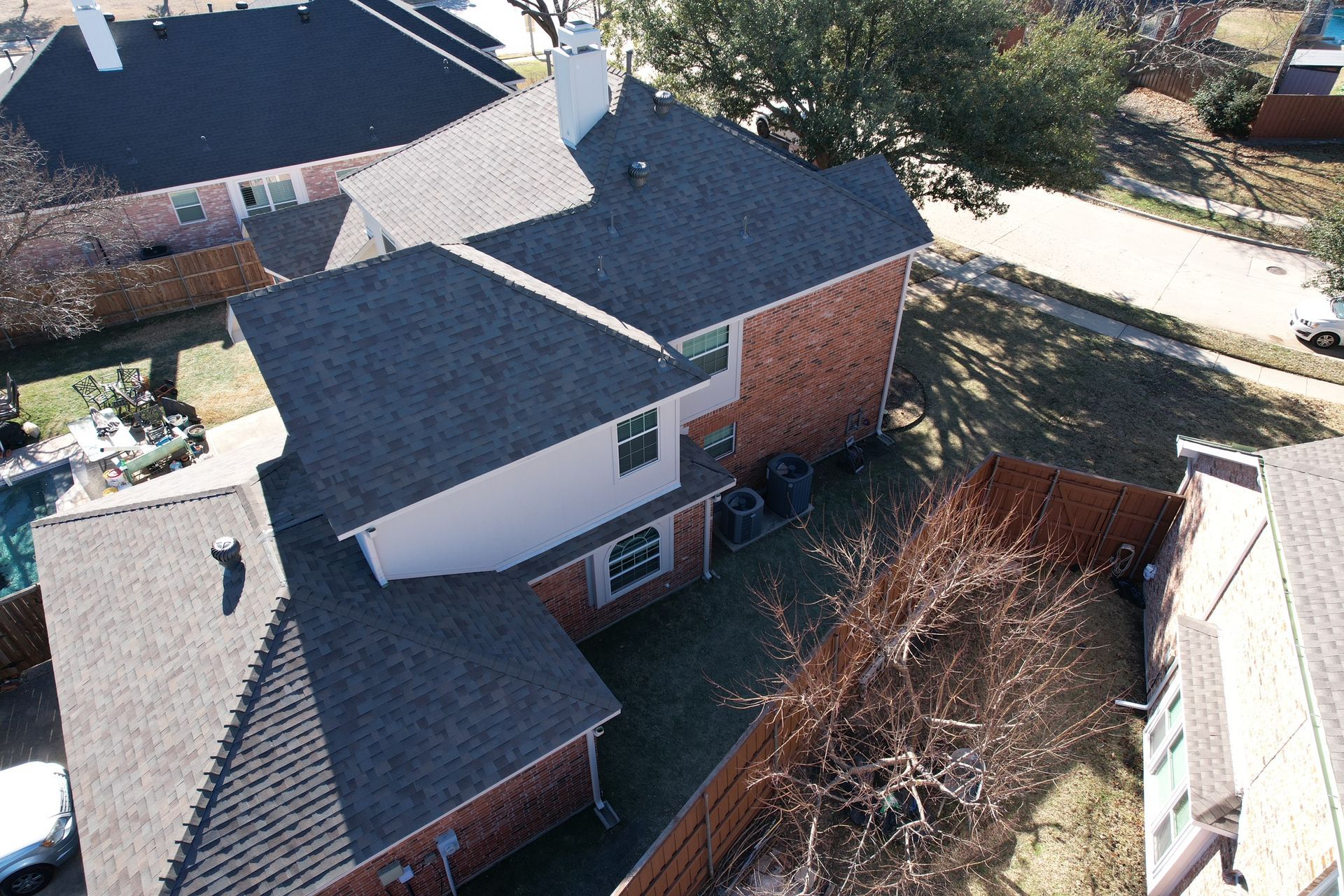Historically, roofs were invented for purely practical reasons: to protect us from the elements Mother Nature threw our way, namely wind, rain, snow, sleet, hail, and the occasional flying comet. Roofs began as simple structure, made from whatever materials happened to be around, be it sticks or sand or clay. Then, they became a bit more complex, transitioning to rectangular instead. Then one day someone decided to try a rounded roof; hence the dome was born.
Texas Star Roofing , a local roofer in Dallas-Fort Worth, loves roofs. We love roofs so much that for the past 20 years, we’ve installed, maintained, and repaired thousands of residential and commercial roofs. We’ve held ourselves to the highest standards in the roofing industry — that of the customer. We install any roofing material in existence, from metal roofs to slate, tile and asphalt roofing. In this blog post, we’ll take a look at a unique roofing type — the dome roof, which has a fascinating history. Contact us today for all your roofing needs!
The Dome Roof
Dome roofs are roofs that are round with no angles and no corners. They don’t use any columns for support, and they are some of the strongest roofs in the world. Domes from thousands of years ago are still in existence today. How they came about, no one knows. One day humans decided to try something new (like all great discoveries in history), and the dome roof was born.
The Advantages of Dome Roofs
Before the advent of the dome roof, most buildings had rectangular roofs. These roofs required supporting columns that took up a lot of interior space. This began to pose a problem as the population of humans began to increase. More space was needed in temples to accommodate more people.
The first dome known to have been engineered was by the Romans around 100 AD, although the idea was probably germinating many years before. The monolithic dome was the first dome roof to be incorporated into buildings. It was basically an arch (which had been around for hundreds of years) inside of a circle. Soon, this new architectural design took off and dome roofs were appearing in churches and mosques.
Stone was the material of choice in the first dome roofs. Perhaps the best and most famous example of a monolithic dome roof is the Pantheon in Italy. One structural problem with the Pantheon was that it was heavy, leading to architectural details such as coffers being incorporated into the design to lighten the weight (many people think this was for aesthetic reasons, but this is wrong). The Pantheon is known for its oculus, or hole, at the very top of the dome roof. Again, many people mistakenly think this was for aesthetic purposes. However, the oculus was incorporated to reduce the dome roof’s weight. Today, one of the many beauties of the Pantheon is the light that streams through the roof.
Dome Roofs in the Middle Ages
Throughout the Middle Ages, dome roofs only grew taller and taller. This was in one sense a tribute to God but was in another sense human’s desire to out-do each other. As dome roofs grew taller, they became heavier. Since engineers still wanted to build taller domes, a solution to this problem had to be devised. In 532 AD, it was discovered that by incorporating space, or windows, between the arches, the weight would be lightened considerably.
However, domes still became too heavy. Dome roofs, like everything on the planet, is subject to the force of gravity. Gravity causes the sides of a domed roof to push outward, which leads to cracking. This is what was happening to St. Peter’s Basilica in the Vatican beginning in the 1700s. Again, human ingenuity came through. Iron rings called tension rings were put around the dome roof to prevent it from collapsing. This innovation worked, and tension rings are now universally included in any dome roof built today.
Modern Dome Roofs
However, due to the nature of the design, there is a height where building a dome roof becomes impossible due to the force of gravity and the weight of the materials on the structure. Leave it to someone again to overcome this problem. Enter a sleight-of-hand trick invented by the Romans in the 1400s but best seen today in the U.S Capitol building in Washington, DC. The trick is to build two dome roofs in one, which creates an illusion of greater height. In 1793, the U.S Capitol dome features an outer dome shell that is very thin, held up only by a ring of curved ribs. Underneath this outer shell is a smaller dome that supports the larger dome. You only see the smaller dome when you are inside, so from the outside, the dome roof shell appears huge.
With modern times, the dome roof has utilized lighter-weight material in order to continue its quest for height. In fact, the U.S. Capitol dome roof was one of the first to be made with cast-iron.
The dome roof remained relatively unchanged for 2,000 years until a gentleman by the name of Buckminster Fuller designed and built the geodesic dome roof in the 1950s. This roof uses triangles instead of arches in its design. This new innovation in dome roofs took off, leading to geodesic domes coming in an amazing variety of shapes and styles. The Epcot Center at Disneyworld is one of the most famous geodesic dome examples.
Texas Star Roofing
Dome roofs are some of the most stunning and beautiful designs ever built by humans. They are the perfect combination of how physics works to overcome all the forces acting on buildings to create functional spaces for us to use.
Texas Star Roofing in Plano specializes in residential and commercial roofs. We replace roofs, repair roofs, and install roofs, using the roofing material of your choosing. We are a locally-owned and family-operated roofing contractor that chooses to offer our customers the best in roofing materials and roofing installations. From your free roofing estimate to the time the roofing installation is complete and beyond, we want you to be satisfied and pleased with your new roof.
Texas Star Roofing is the best local roofers in the greater Dallas-Fort Worth area. If you have a roofing emergency, such as a tree on your roof, give us a call. We work with all insurance companies to ensure your roofing repair is covered under your homeowner’s insurance. We want to ensure your roofing repair and roofing replacement causes minimum interruption to your life. We are efficient, timely, and stellar in quality and service. Contact us today to get your free roofing inspection or roofing estimate today!
Best of the Best Award Winning Service
We at Texas Star Roofing understand the importance of a safe and secure roof over your family's head. We treat every job as if it were for our own family, taking the time to earn the credentials and licenses that make us nationally recognized experts in this field. We are the team you're looking for for quality work, customer experience, and peace of mind.
Our Top-Rated Reviews
Hear What Makes Us Top Rated
“I can tell you that Texas Star
Roofing was First Class from the initial quotation to the very end.”
- Kenneth Coffing
“They deliver competitive pricing, honest proposals, realistic scheduling and superior workmanship.”
- Edward D. Poletto
972-509-7570
Roofing Contractors Association of Texas 03-0184
© 2023 All Rights Reserved| Texas Star Roofing | Privacy
Roofing Contractors Association of Texas 01-0413





